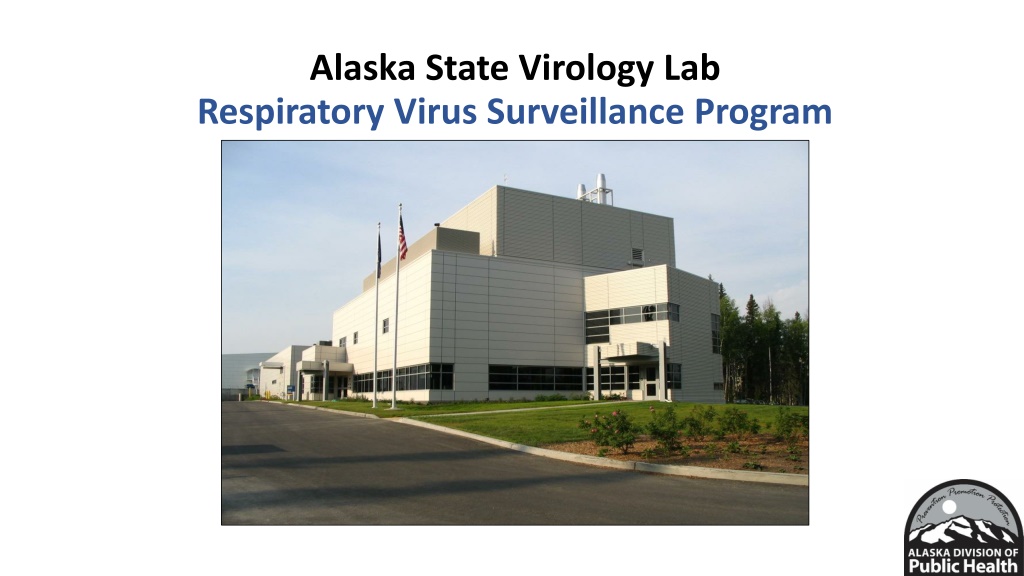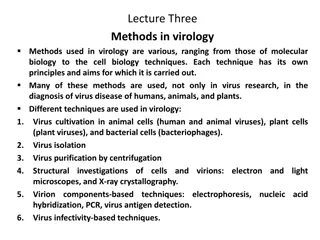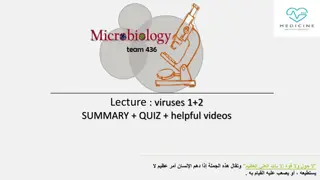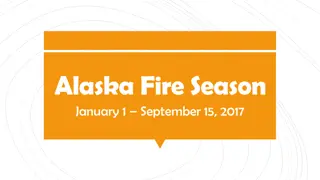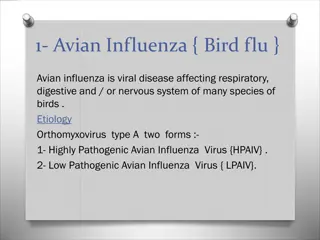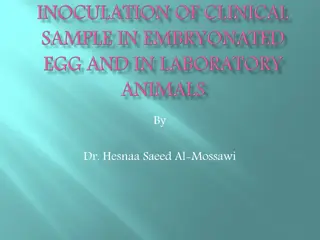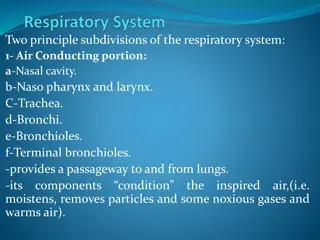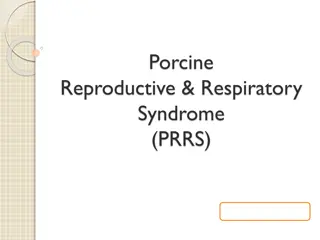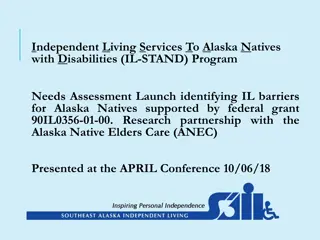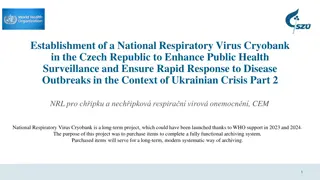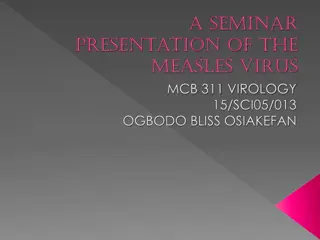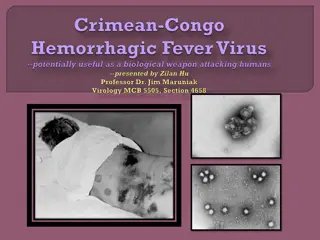Alaska State Virology Lab Respiratory Virus Surveillance Program
The Alaska State Virology Lab's Respiratory Virus Surveillance Program accepts specimens from across Alaska, ranging from large hospitals to single physician clinics. They collect specimens representing CLI/ILI weekly and are interested in Severe Acute Respiratory Illness samples, among others. The lab provides necessary materials for specimen submission and reports back to providers with findings. Positive cases of SARS-CoV-2, Influenza, and RSV are reported along with sequencing for variants. The CDC collaborates on various aspects of testing and analysis for respiratory pathogens.
Download Presentation

Please find below an Image/Link to download the presentation.
The content on the website is provided AS IS for your information and personal use only. It may not be sold, licensed, or shared on other websites without obtaining consent from the author. Download presentation by click this link. If you encounter any issues during the download, it is possible that the publisher has removed the file from their server.
E N D
Presentation Transcript
Alaska State Virology Lab Respiratory Virus Surveillance Program
ASVL accepts specimens from the entirety of Alaska Submitters range from large hospitals to single physician clinics Who can submit specimens? 2019-2020 24 submitters 4329 specimens 2020-2021 75 submitters 522 specimens
Provide up to 5 specimens representing CLI/ILI each week to ASVL ASVL provides shippers, postage, collection media, swabs, and ice packs Definition of CLI/ILI for respiratory virus surveillance: Responsibilities Responsibilities of sentinel of sentinel providers in providers in Alaska Alaska Fever or chills Cough Shortness of breath or difficulty breathing Fatigue Muscle or body aches Headache New loss of taste or smell Sore throat Congestion or runny nose
Which specimens does ASVL want? Which specimens does ASVL want? Severe Acute Respiratory Illness (SARI) inpatients or outpatients Specimens < 2 weeks old Specimens that represent the span of patient ages within the practice Geographical distribution if representing a large region Inpatients, pregnant women, or long-term residents Specimens testing negative Specimens testing positive for influenza A or B (but not subtyped). Ex. Cepheid GeneXpert
Respiratory Surveillance Specimen What happens to the specimens that are submitted? Negative (Final report to provider) CDC SARS-CoV-2 and Influenza Multiplex CDC RSV Negative (Final report to provider) Positive SARS-CoV-2 (Final report to provider) Positive Influenza (Includes subtype, Final report to provider) Positive RSV (Final report to provider) Sequencing for Variants (No individual patient report at this time) Referral to CDC for Characterization All respiratory pathogen results are sent nightly to CDC via HL7 messages (PHLIP)
What does CDC do with our influenza specimens? What does CDC do with our influenza specimens? California Virus isolation and antigenic testing Genome sequencing Storage for repeat testing and/or isolation of potential vaccine candidates New York Antiviral resistance testing (zanamavir, oseltamivir) Looks at specific amino acid positions in the neuraminidase gene
